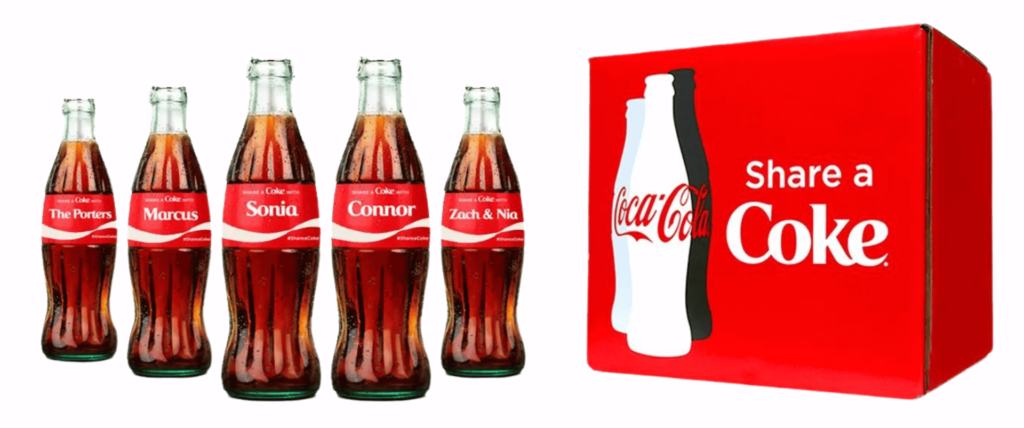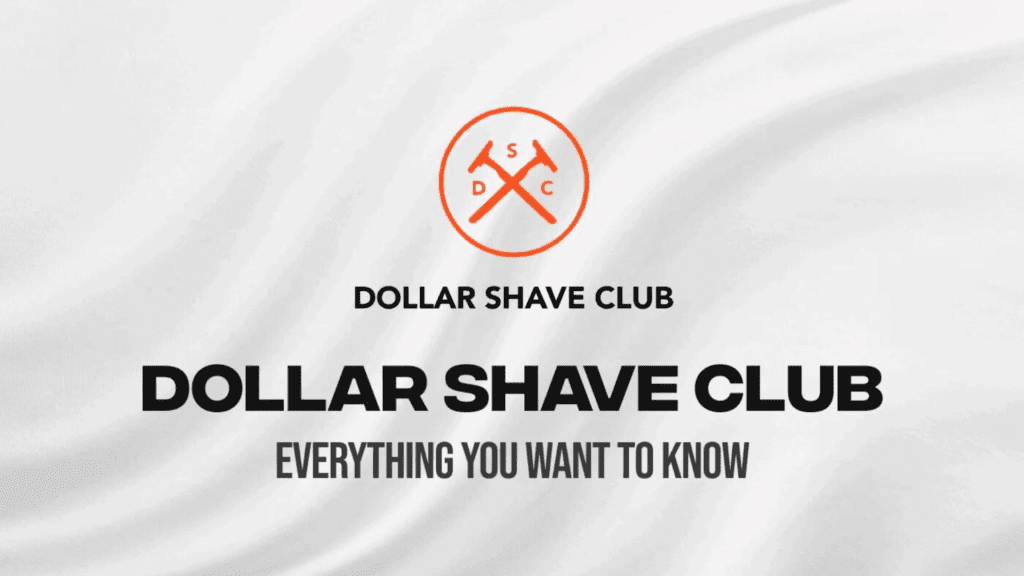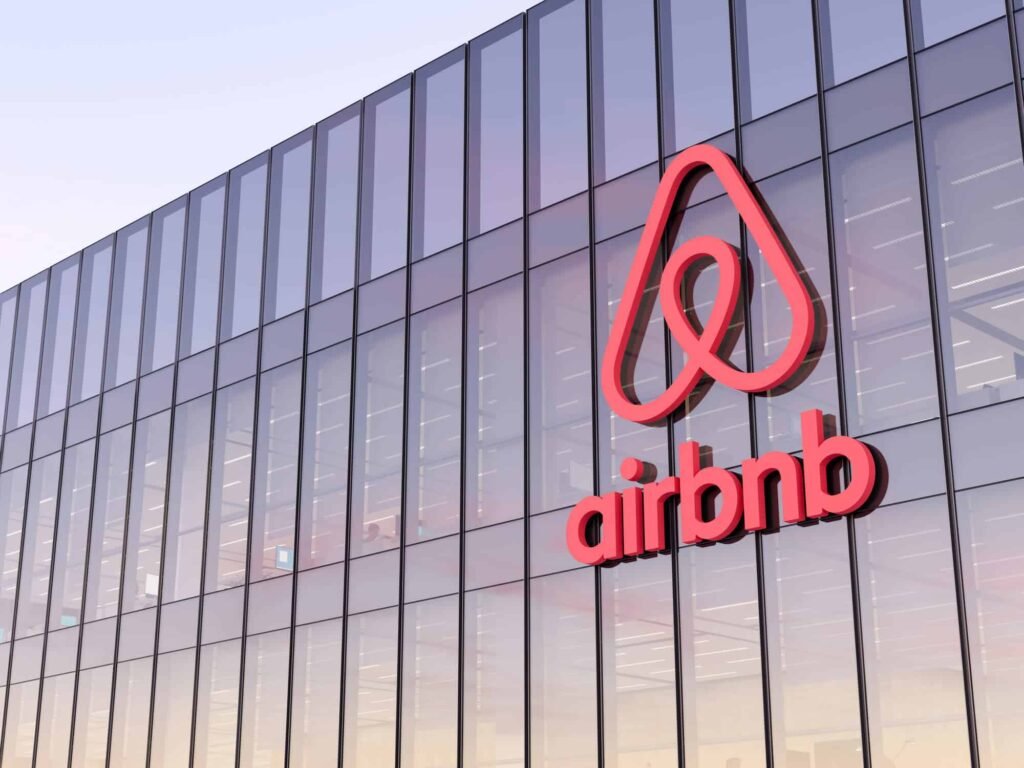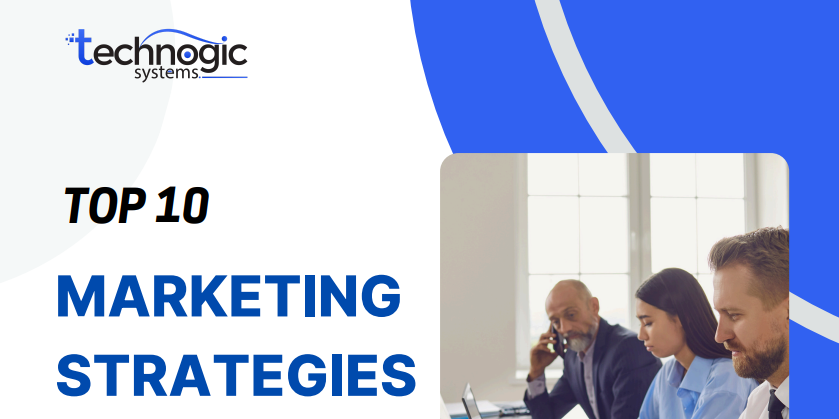Top 10 Marketing Strategies to Boost Sales and Generate Leads for Any Business
Overview of the Article
In this article, we will discuss the following topics:
1) Top 10 Marketing Strategies to Grow Sales and Lead Acquisition for Any Business
ii) Adopt Content Marketing
Creating useful articles, videos, or posts can help viewers trust your business, ultimately leading to more sales.
iii) Influencer Marketing
Collaborating with influencers can help promote your products to their followers, increasing your reach.
iv) Create a Digital Marketing Plan
Develop a digital marketing strategy that uses the internet, social media, and emails to reach a wider audience.
v) Create a Strong Brand
Ensure that your brand identity—logo, color, and messaging—is recognizable to foster growth.
vii) Automate Marketing Tasks
Marketing automation saves time by allowing you to send automatic emails or schedule posts, keeping customers engaged.
viii) Do PPC Marketing
Pay-per-click (PPC) marketing allows you to target audiences effectively by only paying when someone clicks on your ad.
ix) Integrate Offline and Online Marketing
Combining offline marketing (like events) with online efforts (like social media) extends your reach.
x) Provide a Community
Developing a social media group or forum fosters a sense of belonging among customers, encouraging loyalty.
2) Case Studies of Effective Marketing Strategies

i) Nike: “Just Do It” Campaign
- Strategy: Emotional Branding
- What Worked: Nike used a branding strategy that engaged people emotionally. Its simple message was that anybody could be an athlete. It boosted the sales and initiated a strong brand value.
- What Didn’t: First of all, Nike promoted only elite athletes. This meant that the target audience was rather limited. Then it added real people and allowed to cover wider geography.
- Lesson: Make your brand emotionally connected with the person.

ii) Coca-Cola: “Share a Coke” Campaign
- Strategy: Content Marketing and Personalization
- What Worked: Coca-Cola printed the names on bottles so that people will look and share with others. It was an engaging activity from the customers’ side to increase sales. They utilized social media marketing to get the word out there.
- What Didn’t: Some customers could not find their names here, which disheartened them. Coca-Cola improved this by introducing custom bottles on their website.
- Lesson: Personalization can generate leads and make customers happy.

iii) Dollar Shave Club: “Viral Video Marketing“
- Strategy: Video Marketing Strategy
- What Worked: A funny, simple video to explain their product – a gleam of simplicity. It went viral on YouTube and other social media sites. In short time, the company gained many new customers.
- What Didn’t: Bigger brands imposed tough competition; but their content strategy helped them stand out.
- Lesson: A thought-provoking video can easily increase sales as well as brand recognition.

iv) Airbnb: “Influencer Marketing and Storytelling“
- Strategy: Influencer Marketing and Social Sharing
- What Worked: Airbnb embraced the power of using influencers to share the story of staying in unique homes. People believed these stories and were motivated to experience Airbnb. This enabled them to grow fast in the space for B2C marketing.
- What Didn’t: In some locations, policies prevented them from working. They needed to alter their approach based on the regulations in each location.
- Lesson: Storytelling and using influencers may become one approach you can use to build trust with your audience.

v) Amazon: “PPC and Data Driven Marketing“
- Strategy: PPC Marketing and Personalization
- What Worked: Amazon used PPC marketing to reach users whom searched for products in and around the internet. The company also used data from their customers to promote products to people whom might be interested in them. This, in turn, increased their ROI and ensured the customers kept coming back.
- What Didn’t: They spent too much on advertising products with low demand. They eventually major focused on the high-demand ones.
- Lesson: Spend money wisely on ad targeting by leveraging data and marketing analytics.
3) Marketing Trends
i) Artificial Intelligence in Marketing
What is it?
Artificial intelligence is how companies develop smarter marketing strategies. It can conduct analysis and find the ways that will produce best results in reaching customers. AI also personalizes ads, thereby making them more interesting for the target market.
Why is it important?
AI saves time and improves content marketing. That’s just a factor on how it helps to promote businesses in a more steady pace and reach the target audience faster.
ii) Voice Search
What is it?
Many people use voice assistants, such as Siri or Alexa, to search online for things. This means that companies need to adjust their SEO marketing to match the way people speak.
Why this matters:
It can put a business at the center of voice search, leading to easier lead creation and reduced search effort on the part of people to find the business.
iii) Augmented Reality (AR)
What is it?
AR enables the consumers to get a view of how the life-like products would look like through their phones or computers. For example, they can see how the furniture will look in their homes before buying time.
Why it matters:
Shoppertainment is what shopping has turned out to be and AR shopping is part of it. A person is confident about making the purchase with the help of AR because it generates fun and interesting results.
iv) Video Marketing and TikTok
What is it?
Short videos, especially on TikTok, are getting a lot of attention. Businesses use video marketing to show products, tell stories, and connect with customers.
Why it matters:
Videos are entertaining and easy to share. This can help businesses reach a wider audience and boost sales.
v) Influencer Marketing
What is it?
Influencer marketing: It is defined as the art of collaborating with social media celebrities to market a business’s products. They speak about the product to their followers and, therefore, build trust.
Why it matters:
A short period is bound to take for influencers to help businesses in generating leads and growing business by reaching a large responsive audience.
vi) Marketing Automation
What is it?
Marketing Automation: It is a way through which businesses can schedule emails, social media posts, and ads. Therefore, it saves time while the business stays constantly engaged with its customers.
Why it matters:
This is also quite helpful to small businesses and startups. It allows them to focus on growth while maintaining contact with the customers.
4) Integrating Offline and Online Marketing
Placing both offline and online forms of marketing can contribute to increasing the sales generation and even lead generation process of businesses. Here’s how it is done:
i) Event Marketing and Social Media
At the time of an event by a company, they should be given a chance to share that with people through social media. They can post pictures and videos on the event and invite people online. This is the most straightforward way one can mingle traditional and digital marketing strategies.ii) Flyers and Online Ads
Businesses can give their product or service flyers in stores or on the street. They can also run PPC marketing ads online. This means they will hit the customers offline and online thereby reaching more with leads.
iii) Brand Strategy for Both Platforms
A strong brand strategy is that your message is consistent everywhere—from a billboard to social media put up. The content strategy of a brand should be consistent regardless of anything. That implies creating a business and trust-building process.iv) Influencers at Events
Use of influencers: Companies can invite their influencers to offline events and share them at the events’ online. This would create a combination of influencer marketing with offline efforts, which will increase a new audience for sale.v) Coupons for Online and Offline Use
The coupons can be placed in newspapers and stores, and even posted on the firm’s website, or even via email. This will allow the customer various means to utilize them, hence purchasing both online and in store.vi) Competitive Analysis for Better Integration
This mixture of both methods—online and offline—should be seen by businesses as an opportunity to study what their competitors are doing in both mediums. They will be able to come up with an even more effective marketing campaign by using this knowledge that combines both approaches to give them more leverage.
5) Building a Community Around Your Brand
i) Creating Social Media Groups
Launch groups on any social media outlets like Facebook or Instagram where people can talk about your brand. This way, the customers would feel that they are connected to your brand and to each other as well.
Make use of a social media marketing campaign to keep an interactive group alive.
ii) Launch a Loyalty Program
Reward your customers for staying with you, continue with repeat purchase discounts, gift them, or even something more special.
A good loyalty program raises sales and keeps your customers coming back for more with your brand.
iii) Blog or Forum
You could make a blog where customers can read interesting articles or tips related to your products.
Sometimes you can begin a forum whereby people share their ideas or ask questions. This will start creating leads and keeping your audience engaged.
iv) Make Use of Content Marketing
Share helpful content like video posts, blog posts, or social media posts.
Quality content marketing will keep your brand fresh in the minds of your customers and attract new leads. It also contributes to business growth.
v) Social Media Engagement
Always respond to your followers’ comments and messages on social media. This will make them feel heard and valued. Social media marketing engagement helps to develop a loyal community around your brand.vi) Host Events or Webinars
Organize online events or live sessions through which people can learn more about your products. Events like these create stronger connections with your target audience, which is an added bonus for generating leads. This is an excellent digital marketing strategy for business growth.vii) Email Newsletters
Email your customers from time to time about new product offers or simple tips related to their usage. This keeps your brand alive in their minds and enhances loyalty. Your lead generation will get easier with effective email communication.viii) User-Generated Content
You can encourage users to upload pictures or videos of their use of the product. When you put up their contents on your page, they feel valued and attached.ix) Personalization
Provide a personal experience by using their names in emails or recommending similar things they’ve purchased before. That will build trust and deepen loyalty.6) Sustainable Marketing Practices
Sustainable marketing is something about marketing products and services in good ways for the environment.
More people today really care about the planet, so marketers have to engage with responsible practices in their marketing strategies to reach as many eco-conscious consumers as possible. Here’s how.
i) Eco-Friendly Packaging
Brands may use reusable packaging. In doing so, the brand shows concern for less waste. It is attractive to consumers who are sensitive to environmental issues.ii) Sell Sustainable Products
Product lines could be mapped as high alert products that are made from recycled material or energy efficient. Consumers look for sustainability. Brands can sell and help a healthier planet by attracting such customers.iii) Share Your Sustainability Efforts
Do content marketing in sharing the stories on how the brand saves the carbon footprint or supports causes green. Posting on eco-friendly projects or donating to environmental organizations makes customers feel good about supporting your brand.iv) Green Influencer Collaboration
Collaborate with influencers that speak about sustainable living. They would provide access to your brand by the concerned audience who make eco-friendly choices. Influencer marketing with a sustainability-based approach can lead to business growth through the attraction of eco-conscious customers.v) Implement a Green Supply Chain
Brands can opt for sustainable suppliers. Then, all the way from production to delivery, the processes are green. Customers will appreciate and eventually be loyal to the brand in relation to the values.vi) Educate Customers on Sustainability
Produce content that educates the customers on why sustainability is important. Get them to realize just how little things, such as the product they choose, make a huge impact. This could be in the form of blogs, social media posts, or even videos, so your digital marketing strategy will be informative yet impactful.vii) Energy Consumption in Marketing Campaigns
Such optimization of sites and efficient use of servers would also reduce the energy used in campaigns for digital marketing, which indirectly helps reduce carbon emissions, allowing the brand to be able to show its commitment to sustainability at all aspects of its business.Conclusion
Marketing helps businesses grow and get more customers. To do this well, you need to use different methods. For example, you can use social media, make cool content, and mix online with offline marketing.
Building a community around your brand is important. You can use social media groups, loyalty programs, and blogs to keep people interested and coming back.
Sustainable marketing is also key. Show that you care about the environment by using eco-friendly packaging and promoting green products. Share your efforts and partner with influencers who support the environment.
By learning from real-life examples, you can see what works best. Use these tips to improve your marketing and grow your business.
Start using these simple strategies today to get more customers and make your business better!




